Powerful Requirement Management and Systems Engineering Software
What is Systems Engineering
Systems engineering (SE) is the controlled evolution of needs into projects, and sometimes their use and disposal. SE enables each project to use a specific process. A variety of SE processes exist, some based on a highly iterative (or agile) approach, and others are sequential, phase-based.
- User Requirements Document (URD)
- System Requirements Document (SRD)
- Performance Verification Matrix (PVM)
- Systems and Subsystem Design Document (SDD and SSDS)
Each process requires a several documents to describe the evolution of user goals, requirements or crucial needs into the final products
Models are portrayals of a piece of the framework from a viewpoint that try to permit that part of reality to be depicted compactly and absolutely. All frameworks show similar three elements of conduct, information and control. Many demonstrating documentations exist (counting ADARTS, UML, SysML, SASD, BPMN, IDEF, FFBD and others), each centered around these measurements to various degrees, every documentation with its own experience and planned use. There is no single right, or best, demonstrating documentation.
Models are not fundamental to SE, but rather are regularly an amazing way to portray connections between the components of the framework. Cycles that utilization models are said to follow a model based frameworks designing (MBSE) approach.
The Benefits of Cradle Requirements Management Software
With Cradle's special capacity to help the whole framework measure in one device and one information base, you can guarantee that your client stories and prerequisites are connected to examination, engineering and configuration models to which you can interface the entirety of your V&V information. Regardless of whether you use models, or not, you can guarantee that your frameworks will be effectively determined, planned, executed, tried and dispatched. Cradle guarantees that your task will react precisely and effectively to quite a few changes in both coordinated and stage based cycles.
The benefits of Cradle for systems engineering are:
You can deal with all your information, regardless of how enormous or little, regardless of how static or dynamic, of any configuration and substance, in each coordinated or stage based cycle
You and your group can work effectively, cooperatively, even across various areas
You can be made aware of, and track, each activity and each change
You have full recognizability across the whole lifecycle, including novel transitive view
You can apply the suitable degree of design the executives and change controls and produce change logs, review trails
You can ensure the quality and fulfillment of your data, your documentation, your detectability and your verifiable records
The Cradle Solution
Each Cradle database contains two domains:
Essential, intended for implementation-independent analysis, logical and process models
Implementation, intended for architecture and design models
Every space can contain quite a few models. Each model contains quite a few charts and depictions of graph images (information definitions and determinations). You can pick the documentations accessible in each model. Models can be connected to one another and to any remaining data, including client stories, prerequisites, SBS, experiments and dangers
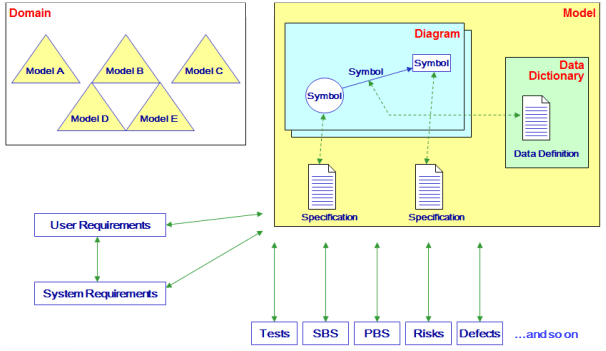
Multiple Models and Domains
- Each Cradle database contains two domains:
- Essential, intended for implementation-independent analysis, logical and process models
- Implementation, intended for architecture and design models

Flexible Interface
Cradle provides web-based and non-web UIs to enter, view, edit and analyse information including models. All parts of these UIs are user-defined. All information can be shown in lists, trees, tables and documents in any desired layout
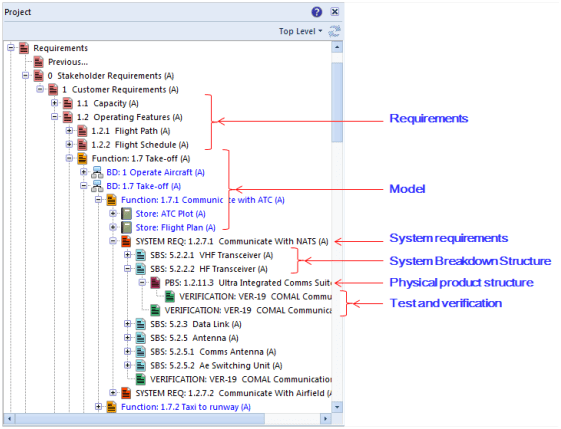
Integrated Information
Models are completely integrated with all other types of information. Navigating in to, and out from, models, is as seamless as navigating within and between all other types of information.
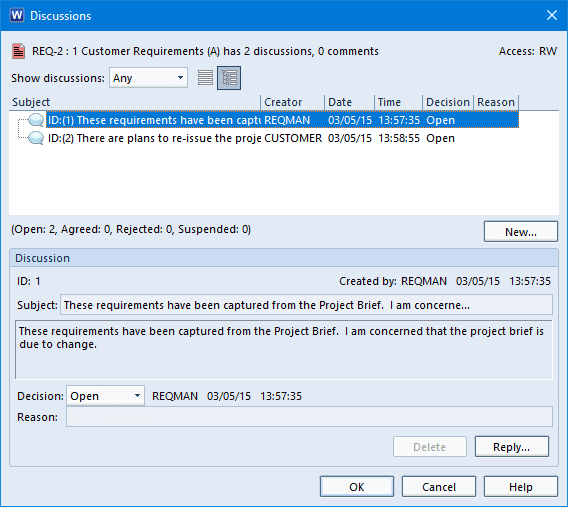
Cradle Discussions
Allow users to collaborate, even when in multiple areas, using automatic alerts, comments and discussions
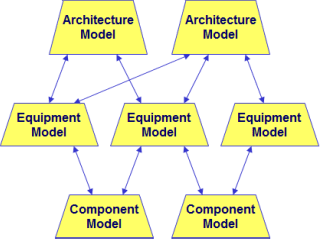
Models and Model Reuse
- Build any number of models for system-of-systems, multiple product ranges or variants
- Share and re-use models at user levels
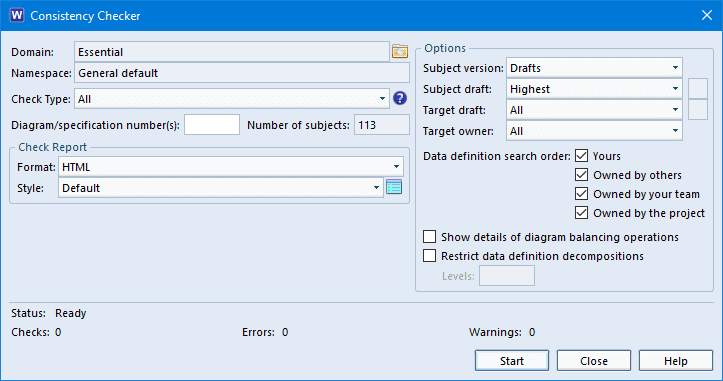
Cradle Consistency Checks
- Over 20 diagram notations, from methodologies such as: SASD, IDEF, FFBD, UML, ADARTS, SysML
- Support for logical and physical architecture modelling
- Syntax-checking
- Comprehensive consistency checks within and between different models
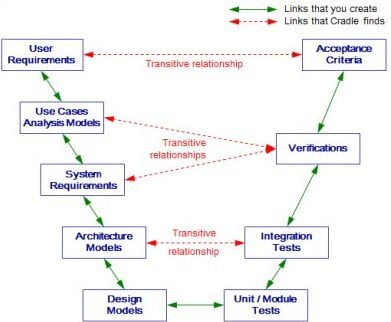
Linking Information
- Allow any number of items of any number of user-defined information types
- Allow each item to contain any number of attributes, each attribute storing or linking to up to 1 TByte of any type of data
- Allow items to be linked 1:1, 1:many, many:many with no restrictions
- Provide indirect, transitive, linking across the entire lifecycle, see 'anywhere to anywhere' relationships where Cradle transparently follows chains of multiple links for you
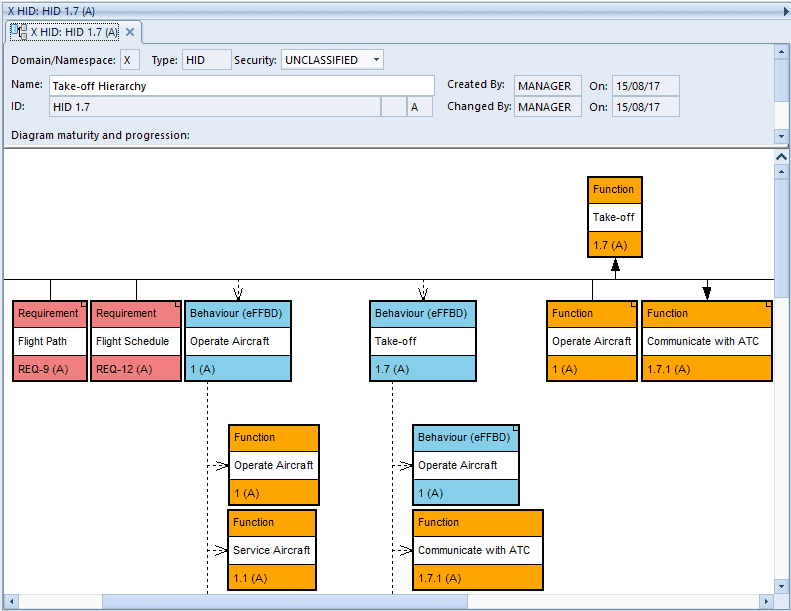
Hierarchy Diagrams
Graphically show traceability with automatically-generated, interactive, Hierarchy Diagrams with user-defined layouts and levels of detail
Formally review items through user-defined workflows
Option to manage all information in project baselines
Option to manage changes to baselined information with Change Requests and Change Tasks
Full audit trails and logs of all project activities to any level that you choose
Maintain multiple projects' information and reusable libraries in one database
Publish all project documentation, including models, from user-defined templates
Cradle Can Also...
All things considered, these give the most impressive, adaptable and extensible frameworks designing arrangement accessible. Yet, since Cradle can incorporate your whole cycle in one instrument, you are not restricted to overseeing necessities in detachment. You can also:
Link functional requirements to behavioral descriptions in models
Link non-functional requirements to system descriptions, either architecture models, SBS, PBS or sets of functions and components
Allocate functional elements into the architecture
Manage all levels of validation and verification, including test specifications, test cases, test results and acceptance criteria
